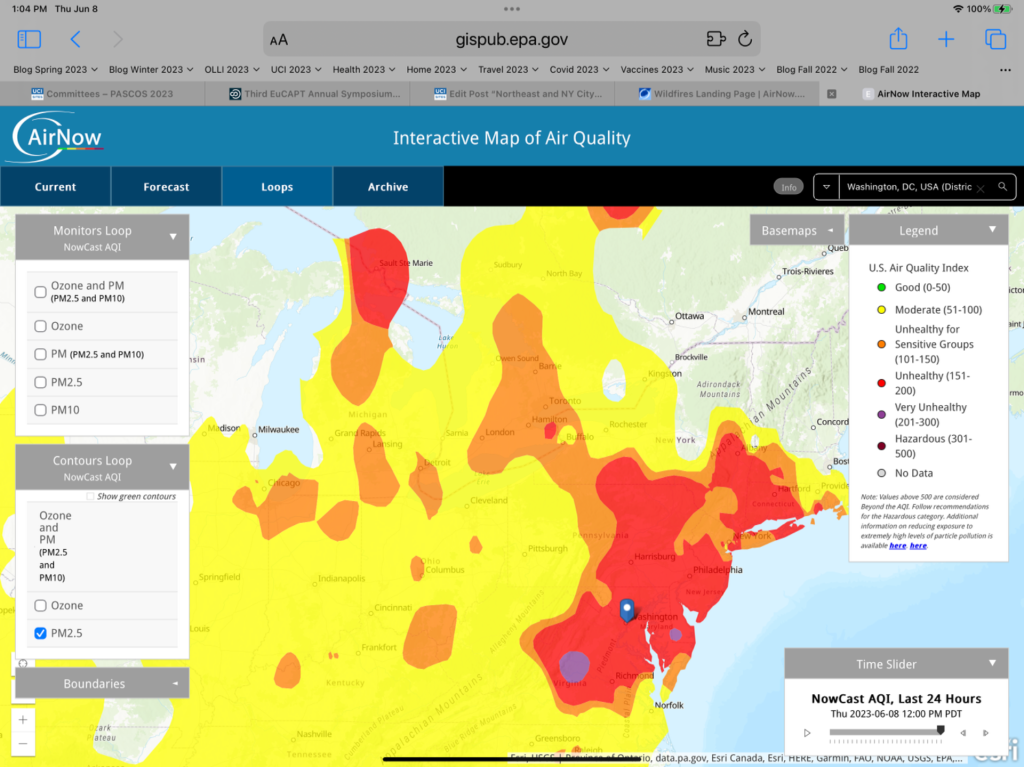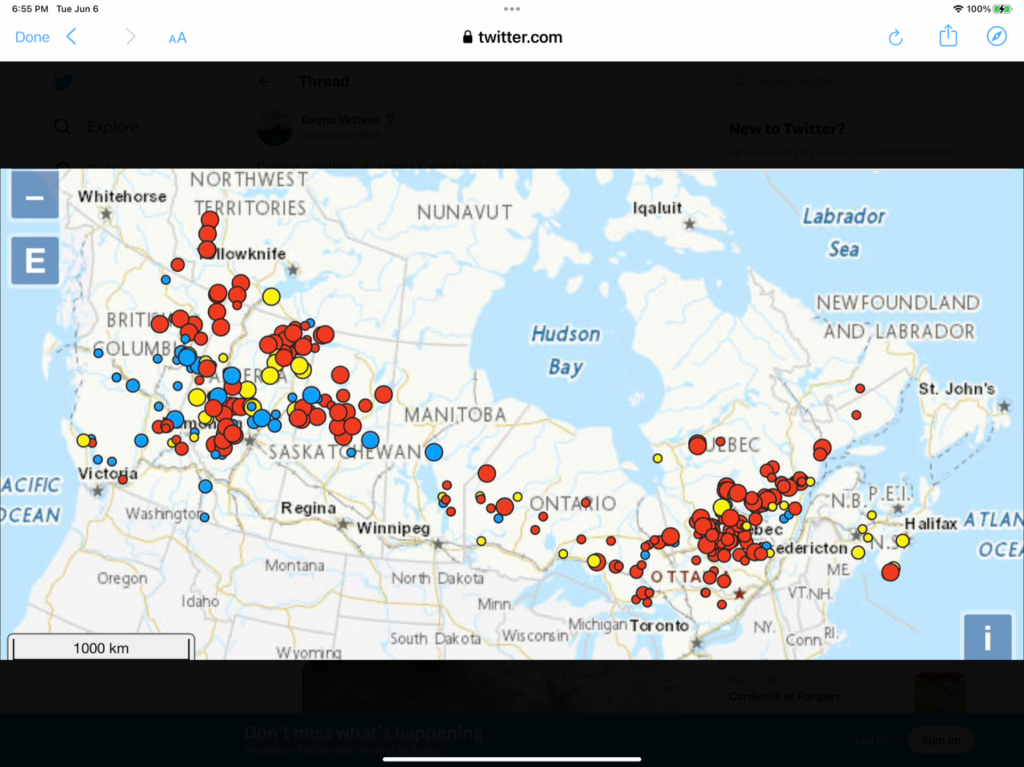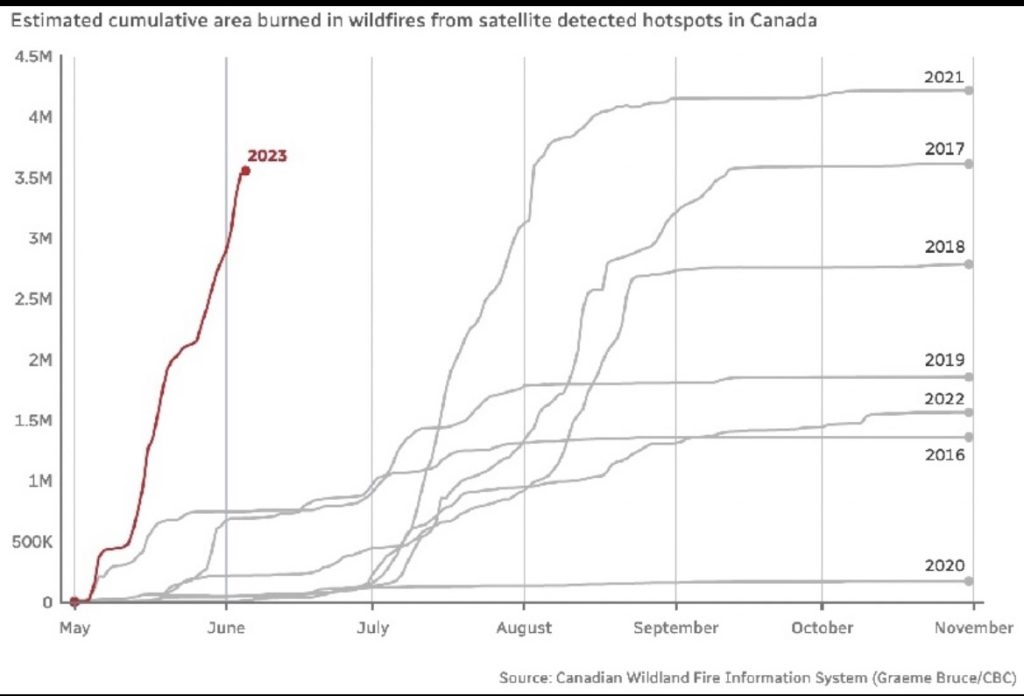Another Science Magazine Breakthrough was the US passage of the Inflation Reduction act, which contains $369 billion over ten years for lowering US greenhouse gases. One goal of the IRA is to reduce our greenhouse gas emissions 40% from 2005 levels by decade’s end, with electricity from renewable sources and nuclear power, and moving to electrical vehicles. Hopefully, emission mandates, state and local actions will reduce emissions further to 50% by 2030. It is also projected to save consumers from $500 to $1,000 dollars a year, mostly by reducing expenses for gasoline. It should also provide 1.5 million clean energy jobs and boost GDP by about 0.86% in 2030.
Over the past 17 years, US greenhouse gas emissions have declined about one percent a year. The IRA will increase this to about a 3% a year decline for the next ten years. The IRA will drive $3.5 Trillion in new American energy supply in the next decade.
While I could motivate this by atmospheric warming or sea level rise charts, I’ll just note the recent prediction that 70% of California’s beaches could be gone by 2100. Also, State Farm has stopped adding new household policies in California due to the cost of California wildfires, and due to the state review board setting their insurance rates.
These are the current US sources of greenhouse gas emissions by percent.

$60 Billion is for the clean energy sector, manufacturing solar power, wind turbines, and electric vehicles (EVs).
$60 Billion is for disadvantaged communities to reduce environmental injustice.
Four private loan categories are to be encouraged by oversight and credit subsidies of $11.7 Billion to the Loan Program Office, which also partly guarantees the loans. Their description follows.
1. Energy Infrastructure Reinvestment for $250 Billion in new loans.
2. Innovative Clean Energy Loans for $40 Billion, for fossil and nuclear energy, and critical minerals processing, manufacturing and recycling.
3. Advanced Technology Vehicles Manufacturing for $40 Billion in loans.
4. Tribal Energy Loan Guarantee Program for $20 Billion in energy development.
These total $350 Billion in private loans in additional to the IRA funding.
For Electric Vehicles, 28% of IRA will go to $7,500 tax credits for the purchase of an EV SUV, truck, or van, and also $4,000 for the purchase of a used one. The credits are income dependent, and the vehicles must be largely made of US parts and batteries.
US greenhouse gas emissions in 2005 were over 6,000 Million tons (Mt) of CO2e, or CO2 equivalent, for climate warming. The IRA will cut those emissions by 2030 by about 1,000 Mt a year, equivalent to all the household emissions in America. The breakdown of those cuts is projected to be: [table]
360 Mt Clean Electricity, 36%;
280 Mt Large EVs and used ones, 28%;
140 Mt Methane, 14%;
130 Mt Carbon capture and storage, 13%;
100 Mt Forestry, 10%; and
100 Mt Consumer Home Energy, 10%.
(I know, it adds up to 111%, or 1,100 Mt.)
The Dream is to reach Zero Net US emissions by 2050.
We take a look at modeling of energy supply in hundreds of billions of dollars investments over the next decade by the REPEAT Project. The bar graphs below on the left show the investments including only the previous Bipartisan Infrastructure Law, and on the right the investments added with the Inflation Reduction Act. We see that most of the clean energy gains are Solar, in yellow, followed by Wind, in blue. To fit in the chart, they only show every other year.

The unproven Carbon Capture and Storage from fossil fuels, in light gray, is hardly present. The increases in the Grid or Transmission, in purple, doesn’t come in until a decade from now. Nuclear, in dark orange, is only slightly included in the left chart, since it is so expensive to build new plants. Hydrogen, in dark red, does not come in until 2035, along with biofuels, in green. It is estimated that eventually converting all transportation to electric will increase the need for electricity by 20% to 50%.
The Democratic House is now gone, and environmental government regulations are being assailed in the Supreme Court, requiring specific Congressional approval for large actions, as in including greenhouse gases in the clean air act, and secondary water areas under the clean water act. However, the IRA, being a compromise bill, survived the cuts of the Debt Ceiling compromise.
Ten fossil fuel state legislatures and governors are adding obstacles to wind and solar installations, despite the fact that they pay off, and the auto industry is discontinuing some low cost electric vehicles.





























